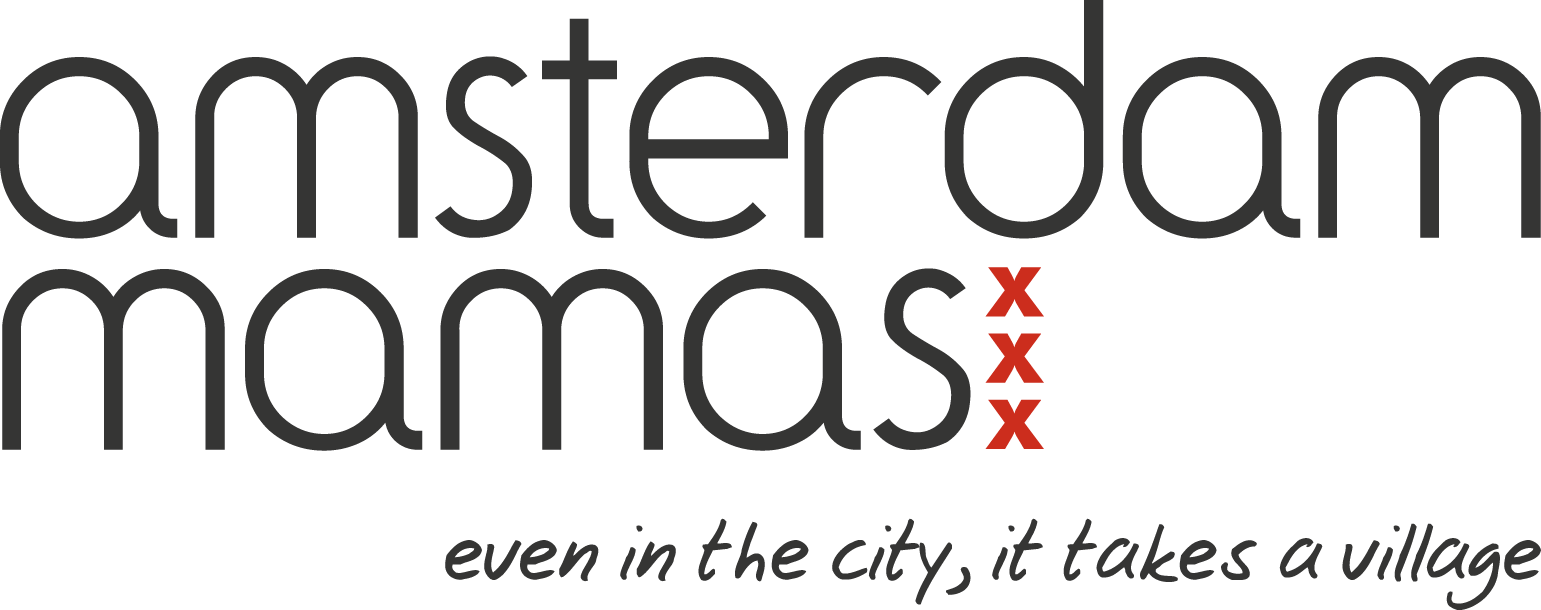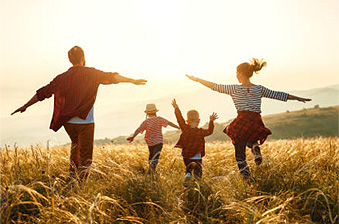Another holiday is arriving this week … Chanukah, the Jewish Festival of Lights! The Netherlands, Amsterdam in particular, has a strong Jewish history and vibrant Jewish present. Tanya Kovarsky explains the history behind this holiday and the way it is celebrated today.
While many people are putting finishing touches to their Christmas trees, hanging up lights, and buying presents, Jewish people are celebrating Chanukah (or Hanukkah), The Festival of Lights. It’s an eight-day holiday held on the Hebrew date of 25 Kislev, and because the Hebrew calendar is based on the lunar cycle, the dates of Jewish holidays according to the Gregorian calendar change each year. This means that Chanukah can start at the end of November, or late December. Chanukah has been a Jewish holiday for thousands of years but has also been added to the list of ‘intangible Dutch Heritage’ holidays compiled by the Netherlands Center for Popular Culture and Intangible Heritage. In English there are two common ways of translating the word from the original Hebrew: Chanukah (the Ch sounds a bit like the Dutch g) or Hanukkah; either spelling is perfectly fine.
This year, 2020, Chanukah starts at sundown on Thursday December 10 and lasts until sundown on Friday December 18.
What Is Chahukah?
In the year 168 BCE, Jerusalem and the Jewish temple had been occupied by the Syrian Greeks, who had outlawed the practice of Judaism. The Maccabees were a small band of Jewish fighters who managed to defeat the Syrian Greeks and reclaim the Jewish temple they had occupied.
Once the temple had been reclaimed, the Maccabees relit the “eternal flame”. Although the one jar of oil that was found in the temple would normally only last for one day, in this case the flame continued to burn for eight days, which was the time it took to secure more oil to keep the flame burning. Hence the famous eight candles.
This is the miracle that is celebrated each year, along with the successful rededication of the temple. The word Chanukah means dedication, referring to the purification and rededication of the temple after the Greek occupation.
How We Celebrate
At the heart of the Chanukah celebration is the nightly lighting of the menorah or chanukiah, a candelabra that holds nine flames, and which is placed in a doorway or window so that people passing can see the lights and remember the story of Chanukah.
On each night of Chanukah, a candle is lit by the shammash (the helper candle), which is used to light the other candles from left to right. On the first night one candle is lit, on the second night, two are lit, and by the eighth night, all eight lights are kindled. Special blessings to thank G-d are said before the lighting, and traditional songs are sung afterwards.
Food and Fun!
Food plays a significant role in Jewish celebrations, and on Chanukah, favourite foods include those fried in oil to remember the miracle of the oil lasting eight days in the temple. These include latkes – pancakes made with potatoes – usually served with apple sauce and sour cream, and sufganiyot – round jam-filled doughnuts that have been deep fried in oil. The latter are extremely similar to oliebollen and show up at the same time of year.
If you want to try some of these traditional foods, here is a list of Kosher shops and restaurants in Amsterdam.
Adults and children also play dreidel, a game with a 4-sided spinning top. Everyone contributes something (chocolate coins, matchsticks etc) to a pot as game tokens, and depending on what letter the dreidel lands, one either takes from the pot or adds to it. When a single player has all the tokens, they are the winner for that round.
Chanukah is also a time for many for giving and receiving, and presents or gelt (money) are typically given.
Chag sameach to all those celebrating this year!
Tanya Kovarsky
Tanya Kovarsky is an award-winning blogger who works as a copywriter by day to pay for makeup, sneakers and trips to Paris. She moved to Amsterdam from Johannesburg in July with her husband and two children, and cites learning how to ride a bike and saying no to fries and mayo as her biggest settling-in challenges. You can follow her on her newest blog, Going Dutch.






